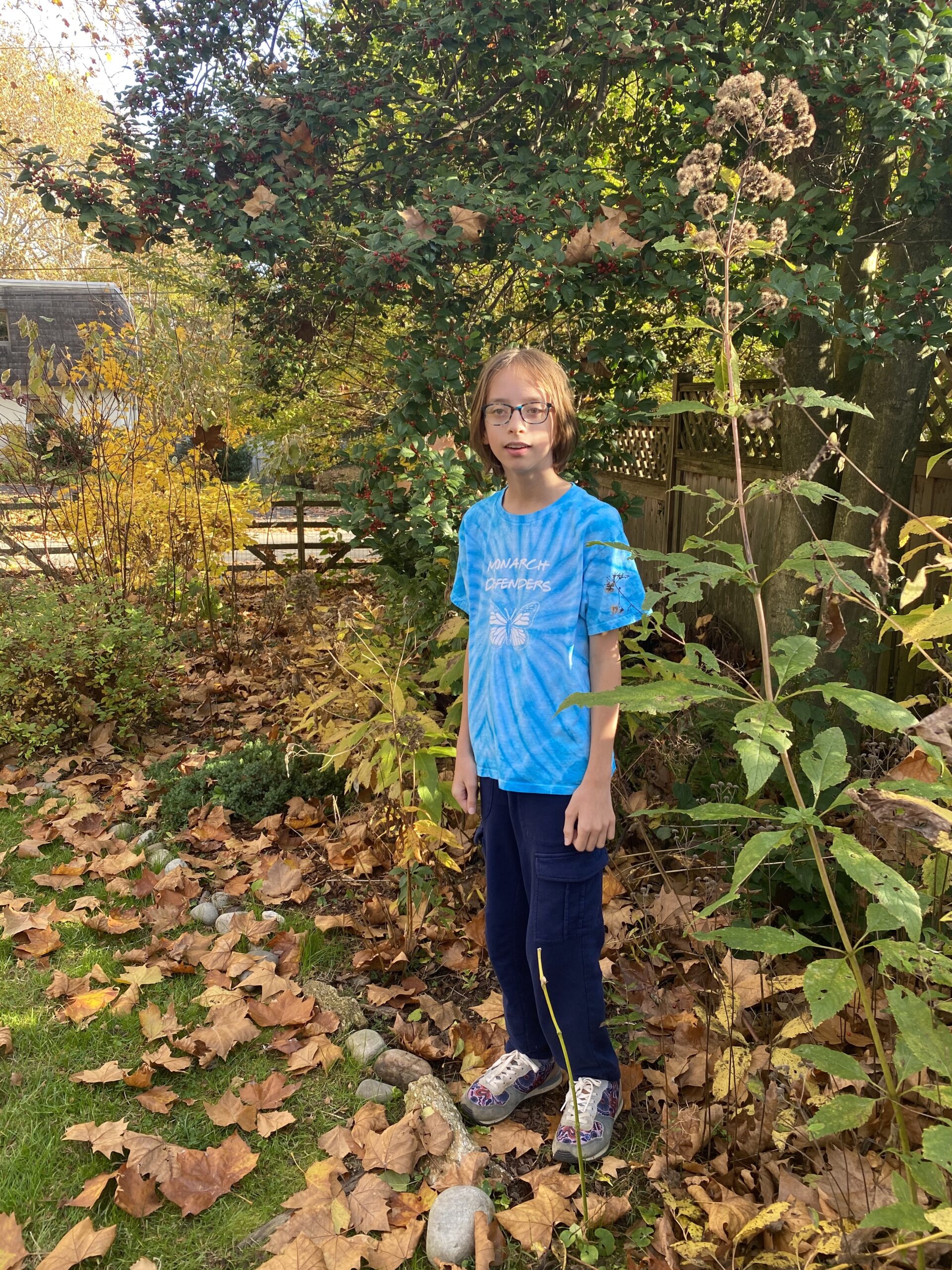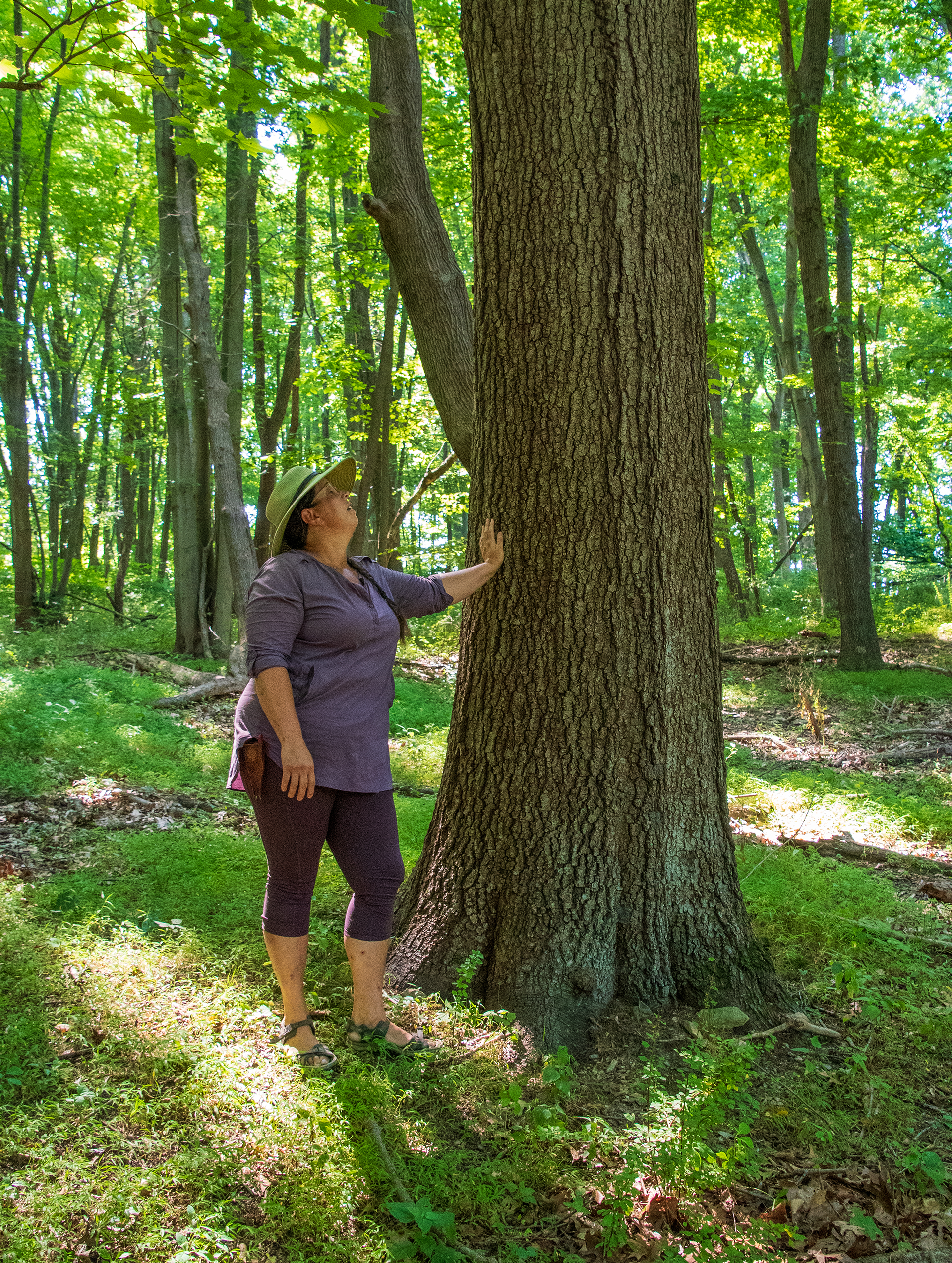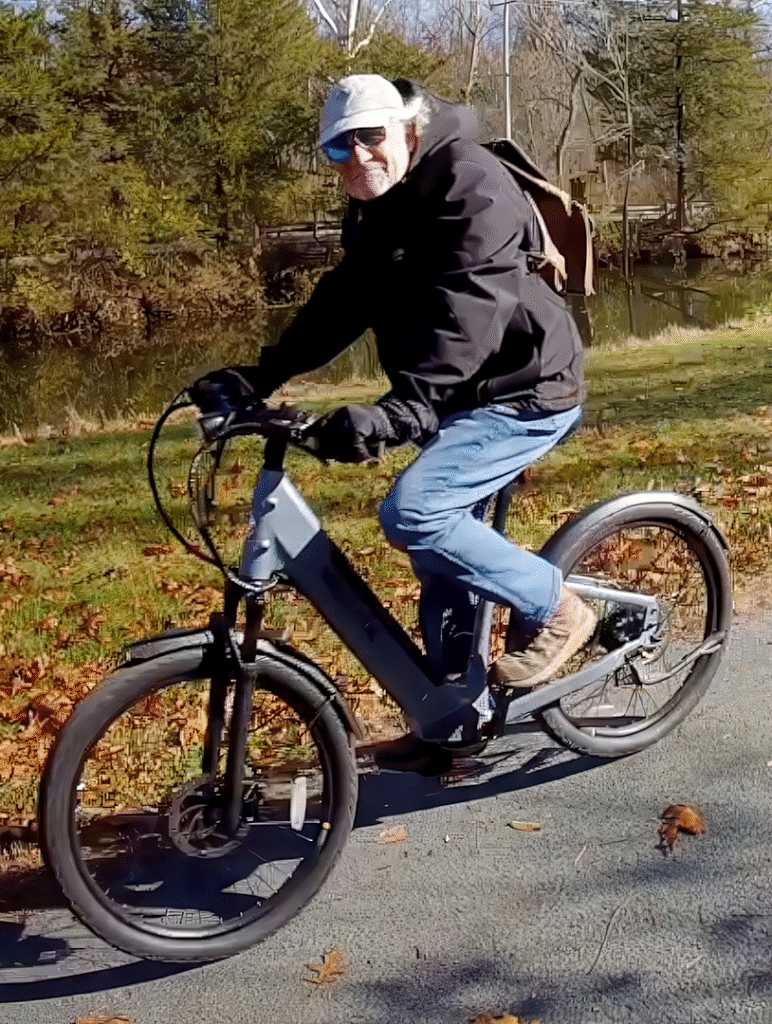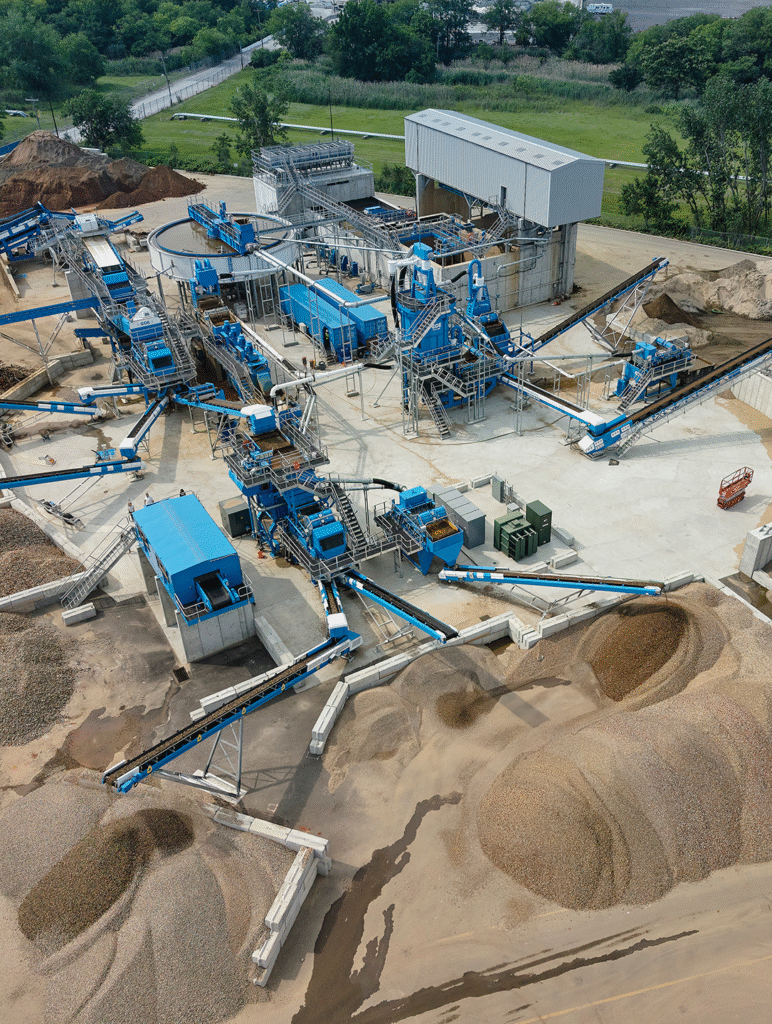The sycamore leaves rustle as a tiger swallowtail flutters overhead and a Cooper’s hawk screeches from above. A ruby-throated hummingbird couple is nectaring at our feeder, a woodpecker tries (in vain) to peck holes in our stucco wall, a red fox chases a baby rabbit that was just feeding on clover in our grass and a monarch caterpillar munches voraciously on the leaf of a common milkweed plant. This might sound like scenes from a nature preserve, but it’s just another afternoon in our backyard.
I am a 12-year old resident of Chestnut Hill and have founded an organization, Monarch Defenders, that encourages youth and families to plant backyard habitats specifically for monarch butterflies. My family has planted one of them ourselves, and we have expanded beyond monarchs to help creatures of all kinds.
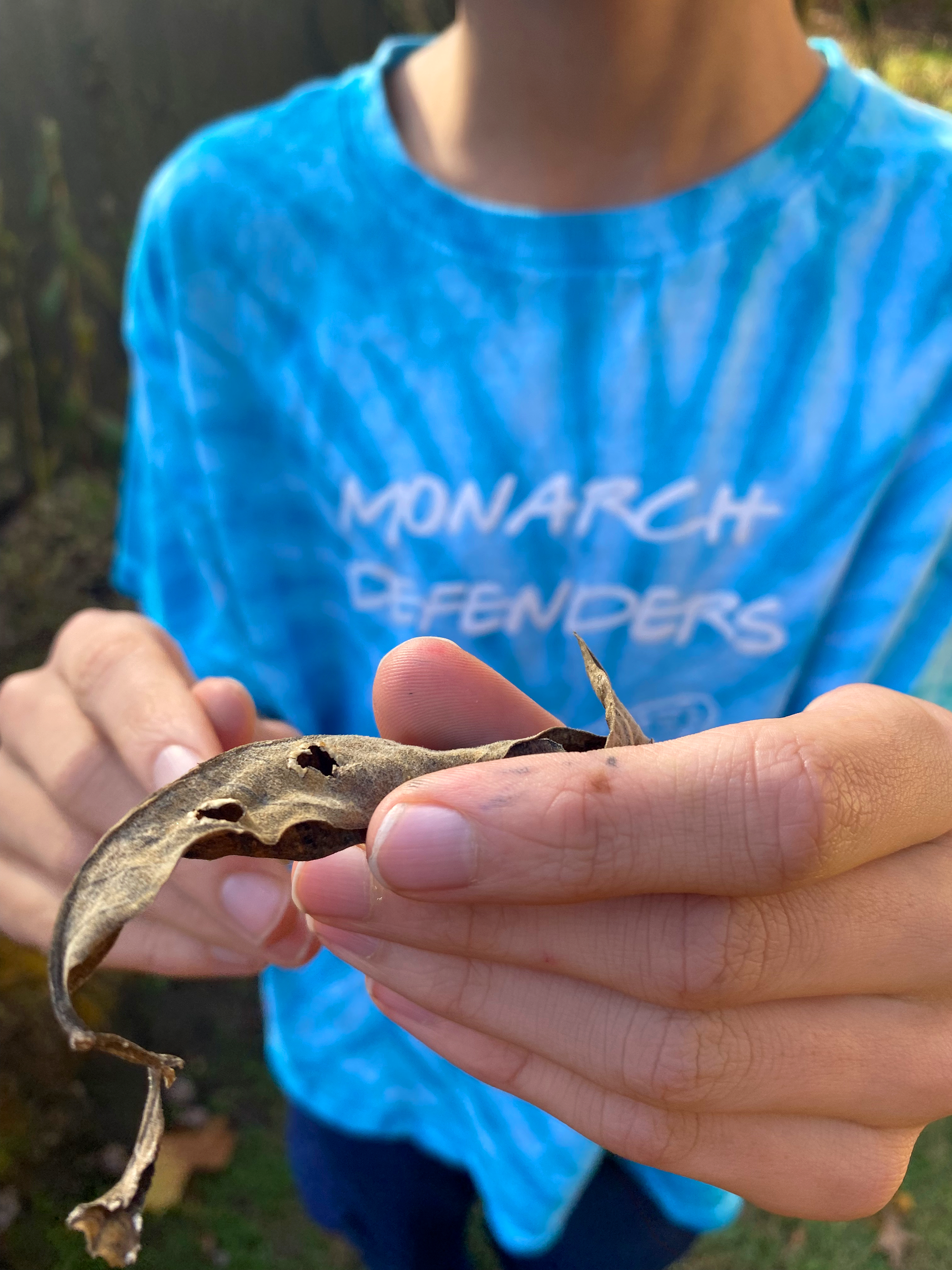
We started with only a few milkweed plants last year to support the monarch life cycle because milkweed is the only plant that monarchs will lay their eggs on and that the caterpillars will eat. As we learned more about the monarchs and wildlife this summer, we removed many areas of our lawn to plant habitat not just for monarchs, but for all wildlife. We planted a “pocket prairie” in our backyard, and the results were astonishing.
After returning from a beach vacation, we discovered dozens of monarch caterpillars on our milkweed, some of which we raised in an old fish aquarium outside and saw the caterpillars get bigger and bigger and then form their chrysalises. In this radical process of pupation, the caterpillar wiggles around for a while, and then, in an exciting few minutes, its body is suffused with jade green goo. When the newborn orange butterfly emerges from its chrysalis, it is quite extraordinary to watch.
But, as I said before, we didn’t just look at monarchs in our backyard habitat. We also watched a hummingbird couple nest in our holly tree. In the summer, they came to our feeder and Lobelia flowers at least 20 times a day. We observed a Cooper’s hawk who once killed a rabbit but got scared and dropped it in the middle of our yard. We raised black swallowtail caterpillars too — they feed on members of the parsley family. In our backyard, we’ve also seen foxes, deer, squirrels, cardinals, finches, chipmunks, woodpeckers and other songbirds, as well as many species of bees, butterflies, moths and other insects.
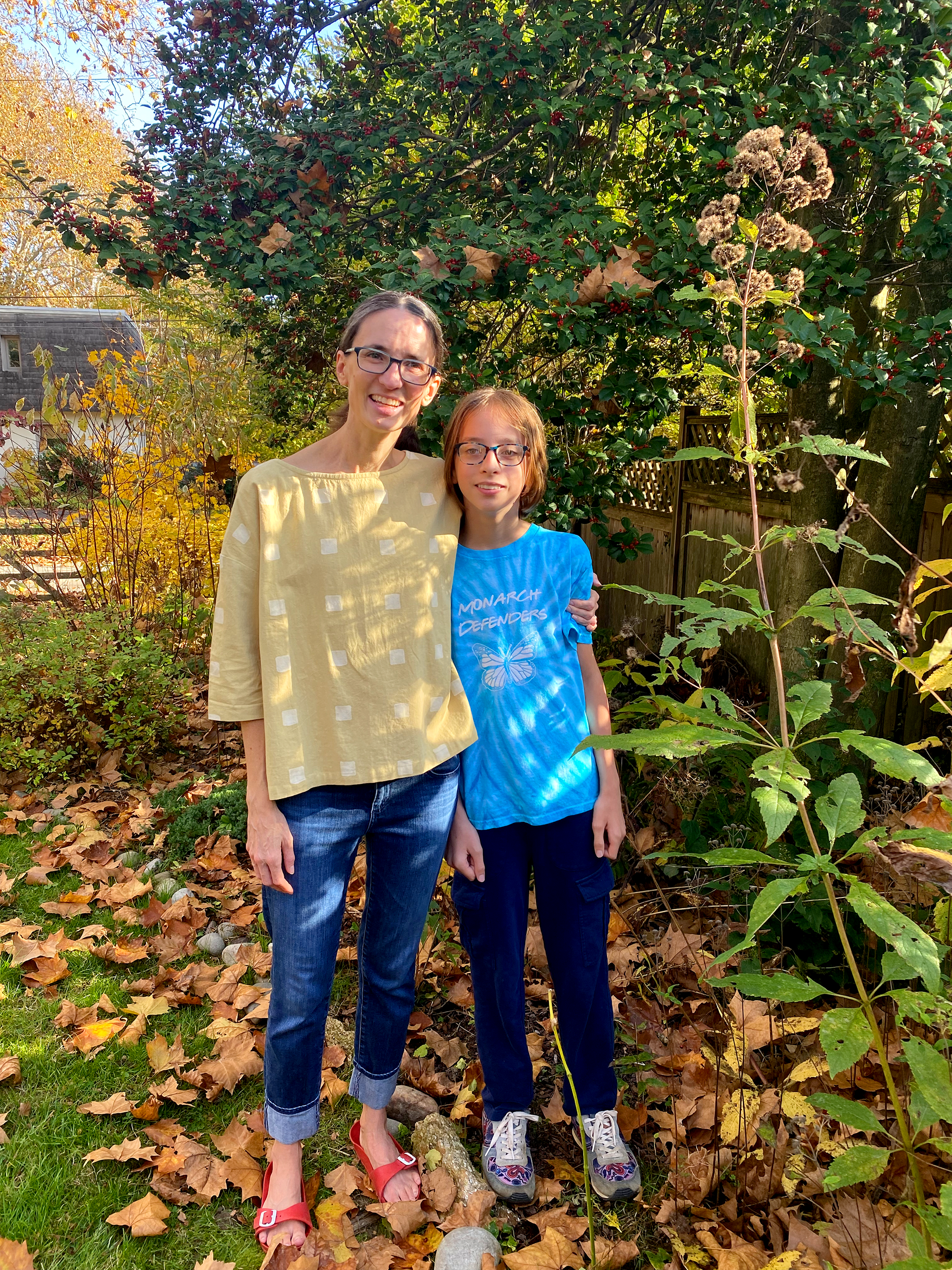
The transformation in our yard helped me realize that backyard habitats could be an important (and very achievable) solution to an immense global problem. Scientists have been warning us that the sixth mass extinction of life on earth is looming in front of us and the culprit is clearly humans, and now we are starting to see the results. One million species are facing extinction, and extinction rates among species are now at least one thousand times higher than natural extinction rates. Humanity has wiped out 60% of vertebrate populations since 1970. Forty percent of insect species are declining. The basic fact is that unless action is taken immediately, life on our planet is in for a very hard blow.
The effort conservationists have taken over this past century to mitigate the effects of this catastrophe by setting aside protected land away from human-dominated areas is a good first step, but it is altogether insufficient in combating this ecological crisis. The truth is that there are eight billion of us, and, together, it is beginning to look like we are all-powerful. We cannot leave nature alone anymore, but there are other means at hand to save us from a massive ecological collapse, including the grassroots movement of planting backyard habitats.
Individual actions alone can seem insignificant, but as the number of households who ditch the supposedly must-have green lawn and plant natives for wildlife instead steadily increases, they can create a powerful and lasting impact. For some, the natural world can seem unnatural, and studying it can seem merely the work of biologists. But by planting backyard habitats, people can interact with nature and be part of the solution — and it requires little expertise in ecology. In addition to providing important habitat for threatened critters, backyard habitats can also let humans access the natural world in a way that contemporary urban life has failed to do, providing us with important spiritual, aesthetic and recreational benefits.
Planting a habitat can even work if you live in a dense urban area or have a small yard. Although my best friend only had a handful of milkweed plants, he got two monarch caterpillars (one of which became a butterfly and fluttered away through his neighborhood), a robin’s nest, a woodchuck (groundhog) family and more. If you live in the city, you can also plant natives in pots or containers on your porch and still be part of this growing conservation movement. In the city, you wouldn’t be able to support larger mammals, but there is nothing preventing pollinators from nectaring on your flowers, caterpillars from feeding on the leaves of your plants, or birds from eating both the caterpillars on your plants and the seeds in your feeder. Bigger is better, but small can still achieve a lot.
There are many ways to attract wildlife into your yard. You could plant a prairie, meadow, or pollinator garden. You could plant native saplings that will eventually become full-grown trees. You could plant a garden for birds with seed plants and feeders — but when providing food for birds, don’t forget to also have plants that attract caterpillars, a major avian food source, as well. You could plant a micro-woodland with ferns, shade-loving native flowers and stumps. You could plant a swallowtail garden with host plants like parsley and fennel. You could also construct a wildlife pond for frogs and aquatic species or plant a rain garden. When trying to attract carnivores, make sure you provide shelter and food sources for smaller mammals like rabbits, voles, woodchucks, mice and squirrels.
You may think you will have to wait until spring to do all this yard work, but there are many ways to help wildlife in autumn. You could plant native seeds or bare roots that will persist and strengthen over the winter and sprout hardy in the spring. You could provide pupation sites for nonmigratory insects. You could build a log shelter for hibernating mammals, a wood box to shelter butterflies, or a rock shelter for garter snakes. You could switch your outdoor security light bulbs to yellow or red light (or turn some of them off) so that fewer insects are attracted to your lights in the night and die of exhaustion.
In the yard, there are endless possibilities. The traditional conservationist’s view and the few actions our government is taking to prevent an ecological collapse are insufficient. We will have to be the change. This can start with the small decisions you make in your backyard. Nature is counting on you. Your future backyard oasis is waiting.


